Carpal tunnel syndrome is one of the most painful conditions that impact your wrist. From mild numbness to constant tingling sensation and excruciating pain—CTS leads to a variety of symptoms. And if you have been dealing with any of these, you would be familiar with the inconvenience it brings around. But, is there a way to manage this?
Fortunately, yes!
Pain and symptom management for carpal tunnel syndrome starts at home. And as you look for remedies to manage CTS, here I am sharing with you, a bunch of carpal tunnel syndrome self-care tips that can help you alleviate the pain and manage carpal tunnel syndrome better.
First things First: Risk Factors for Carpal Tunnel Syndrome
There are multiple factors that link to carpal tunnel syndrome. Some of them might not have a direct correlation, but they aggravate the risk of irritation and damage to the median nerve. Some of them are as follows.
Anatomical Factors
A fracture in the wrist or dislocation can change the structure of the carpal tunnel.
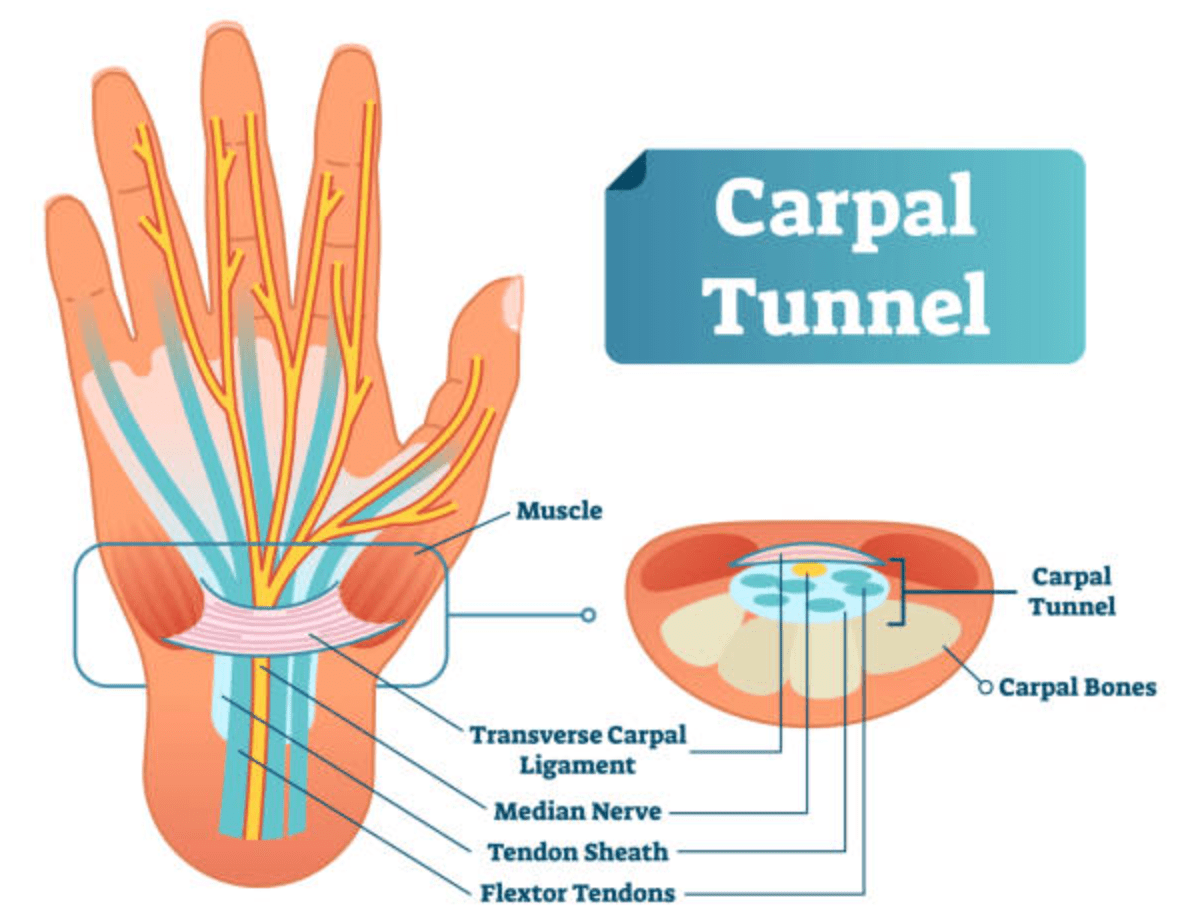
Arthritis alters the small bones in the wrist and can affect the carpal tunnel. This can aggravate the median nerve. People with smaller carpal tunnels are at a higher risk of developing the syndrome.
Gender of the Individual
Carpal tunnel syndrome is generally more prevalent among women.

This can be attributed to the smaller carpal tunnels in women compared to men. Another plausible reason can be the hormones on the lining of the tendons in the carpal tunnel. Women with smaller carpal tunnels are more prone to the syndrome than women with relatively larger carpal tunnels.
Nerve Damage
Certain chronic illnesses, such as diabetes, increase the susceptibility of the individual to nerve damage, including damage to the median nerve.
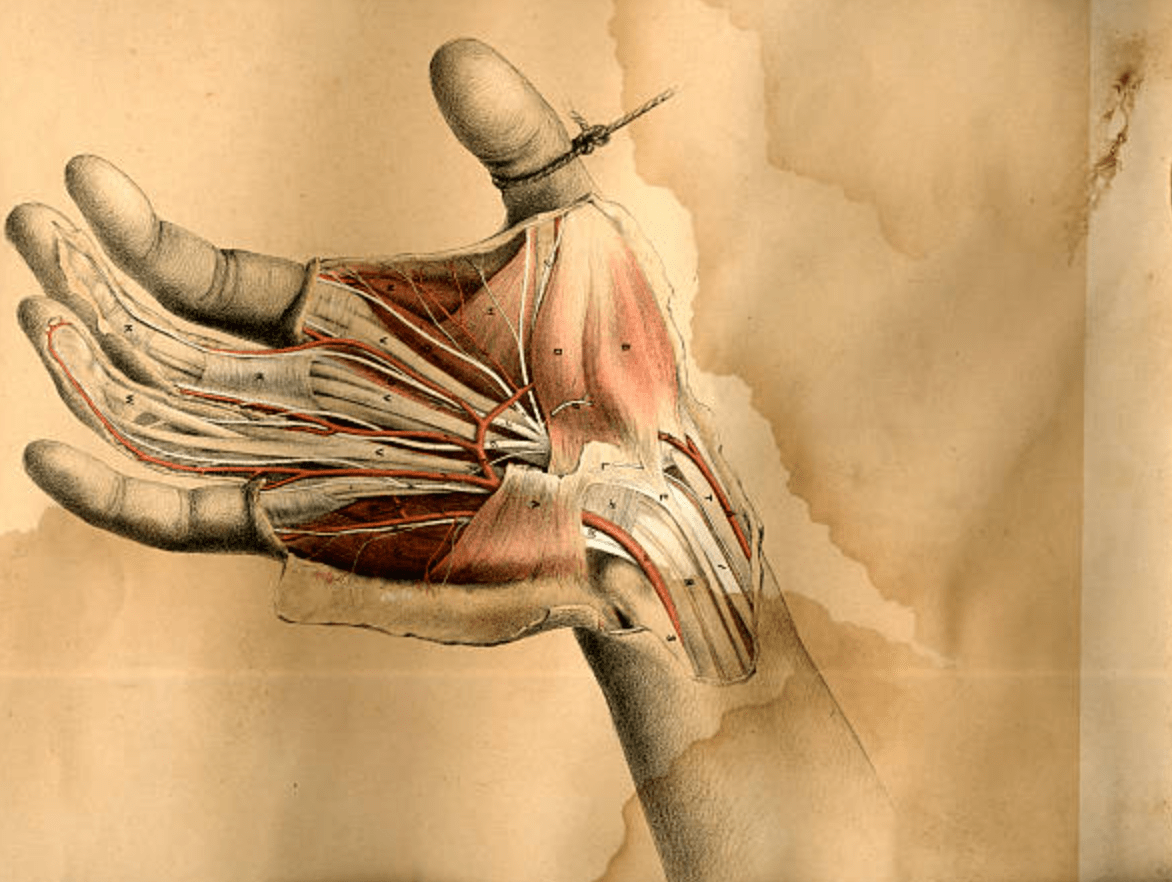
Inflammatory Conditions
Certain conditions, such as rheumatoid arthritis, gout, and others that cause swelling in the body, can affect the lining around the wrist’s tendons.
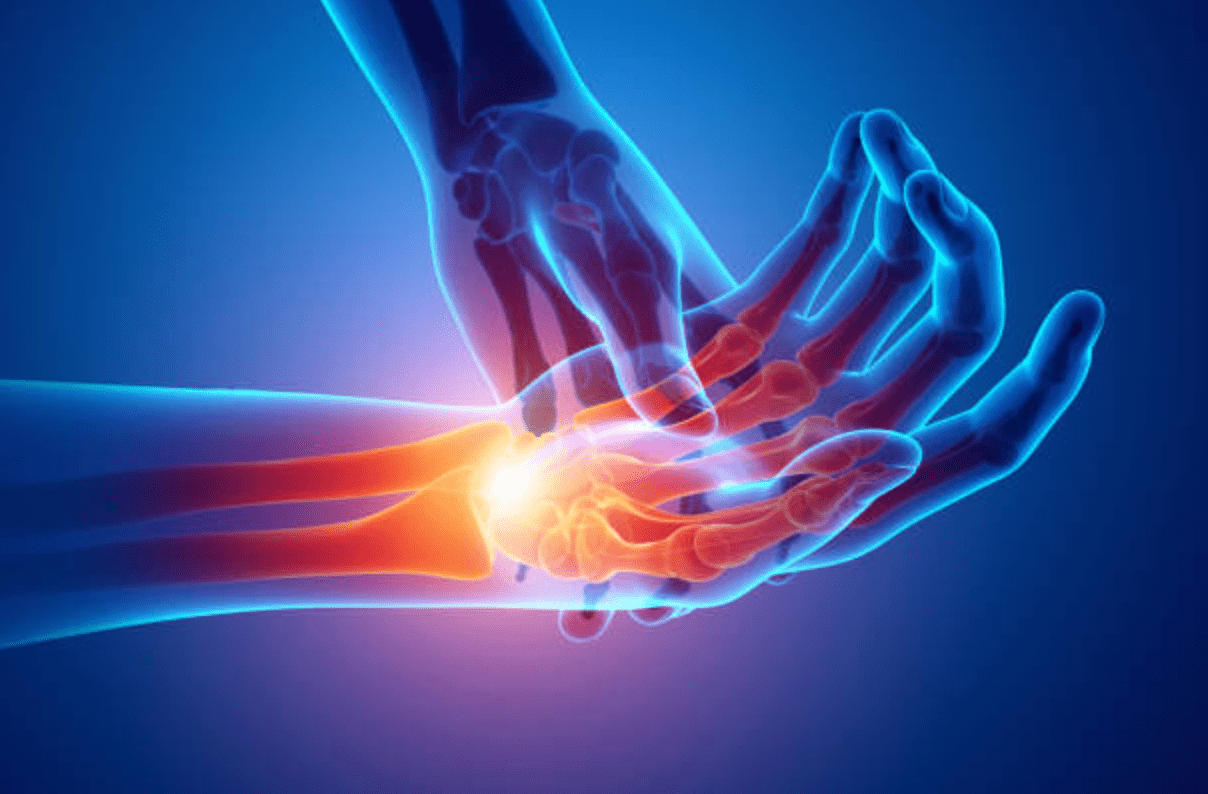
This may increase the pressure on the median nerve.
Medications
Anastrozole (Arimidex) has been shown to have a link with carpal tunnel.

It is a medication that generally helps manage breast cancer in women.
Body Fluid Changes
Fluid retention in the body may increase the pressure in the carpal tunnel, leading to irritation of the median nerve.

This is very common during pregnancy and menopause. The carpal tunnel that takes place during pregnancy generally gets better with time.
Other Medical Conditions
Some medical conditions, such as thyroid disease, kidney failure, and lymphedema, increase the susceptibility of the individual to carpal tunnel syndrome.
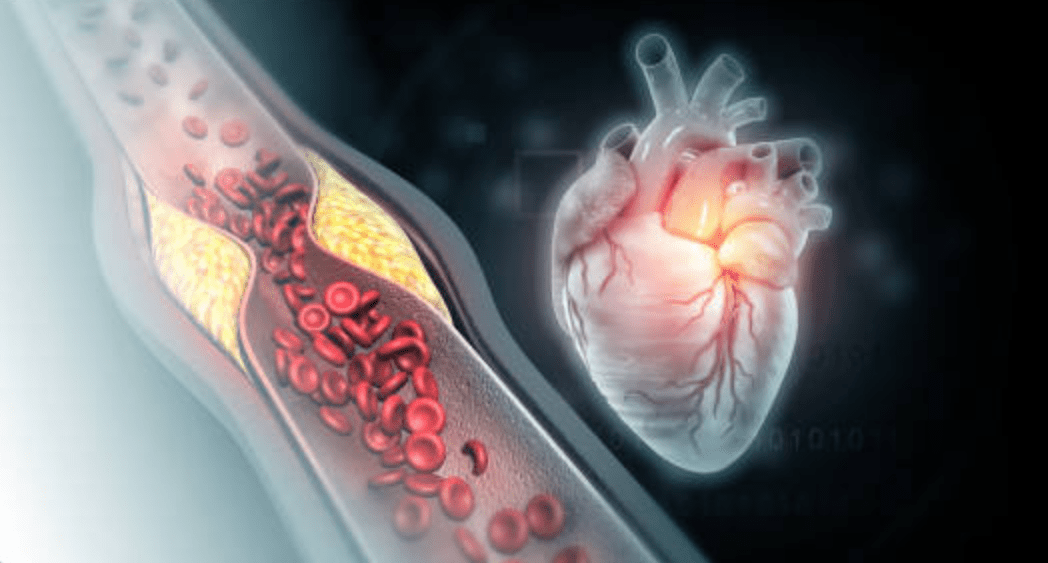
External Factors Such as Workplace
Individuals working with vibrating tools or on an assembly line may be more prone.

This can be attributed to the fact that repetitive motions that flex and strain the wrist have to be performed. Through this process, the median nerve may take excessive pressure and aggravate the existing nerve damage. Pressure on the median nerve may be worse if the workplace is situated in a cold area.
How do Carpal Tunnel Braces Work?
Carpal tunnel braces help by effectively tackling the risk and minimizing the extent of flexion and extension of the wrist.
This contributes to reducing the pressure to the lowest levels and, in turn, lessening the compression of the median nerve at the time of sleep. The braces or splints keep the hand in a neutral position and help to avoid any unnecessary movement of the hand. Carpal tunnel braces can also offer mild to moderate compression that can help to support the wrist by reducing the strain during activities.
Benefits of Using Wrist Braces or Splinting
The main reason why bracing or splinting is used for carpal tunnel syndrome is because of its efficacy in reducing pain and swelling and preventing excessive wrist movements (especially at night).
This can help you sleep comfortably with carpal tunnel syndrome.
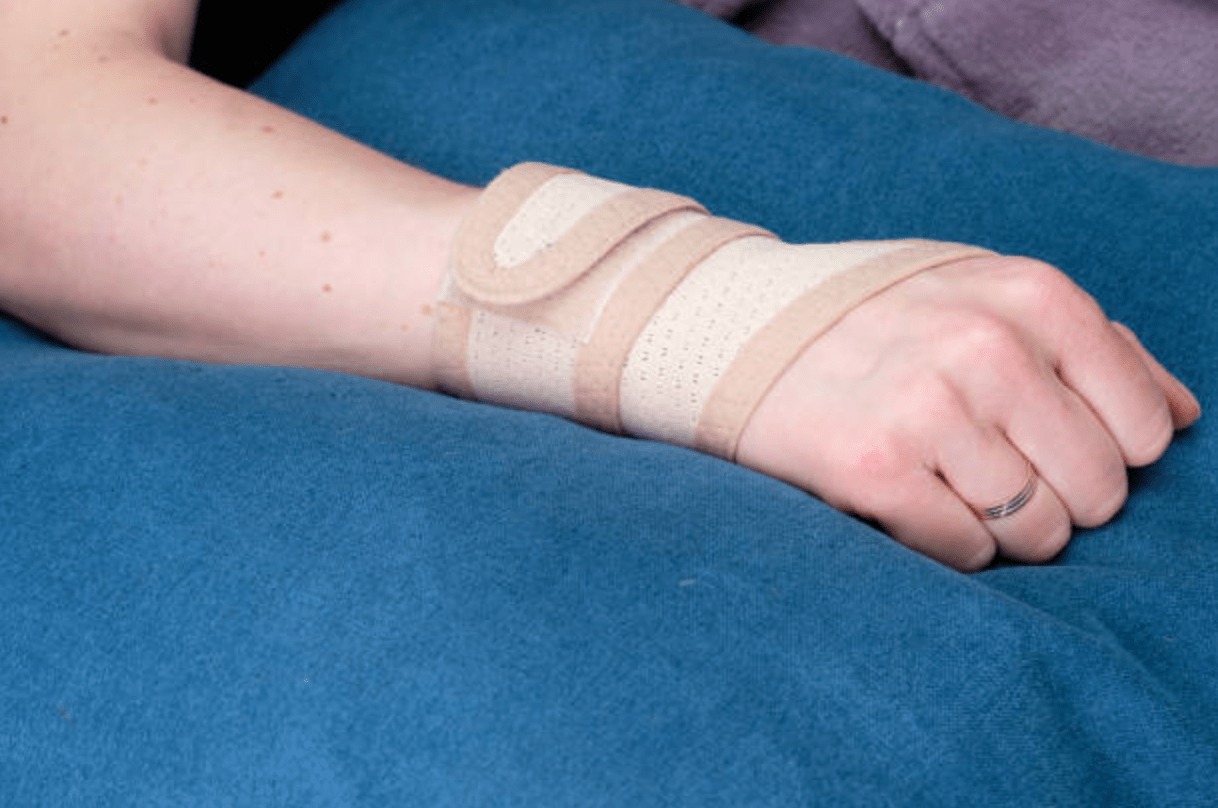
Such movements have the potential to cause pressure build-up in the carpal tunnel that impacts the median nerve.
At times, measures such as shaking the hand can help with carpal tunnel syndrome symptoms as it releases the pressure from incessant wrist bending.
However, it is temporary, and the symptoms tend to get worse over time as the cause is not addressed.
Individuals having mild to moderate cases of carpal tunnel syndrome generally benefit from a carpal tunnel race for sleeping. Individuals with severe cases of carpal tunnel syndrome can benefit by pairing the nighttime wrist splint with daytime braces for a few weeks.
Factors to Consider While Choosing the Right Brace or Splint
There are several factors that an individual must consider while selecting the best brace for carpal tunnel or the best wrist splint for carpal tunnel. Let’s take a look at a few of them.
The Angle of the Splint
The wrist should be placed in a neutral position.
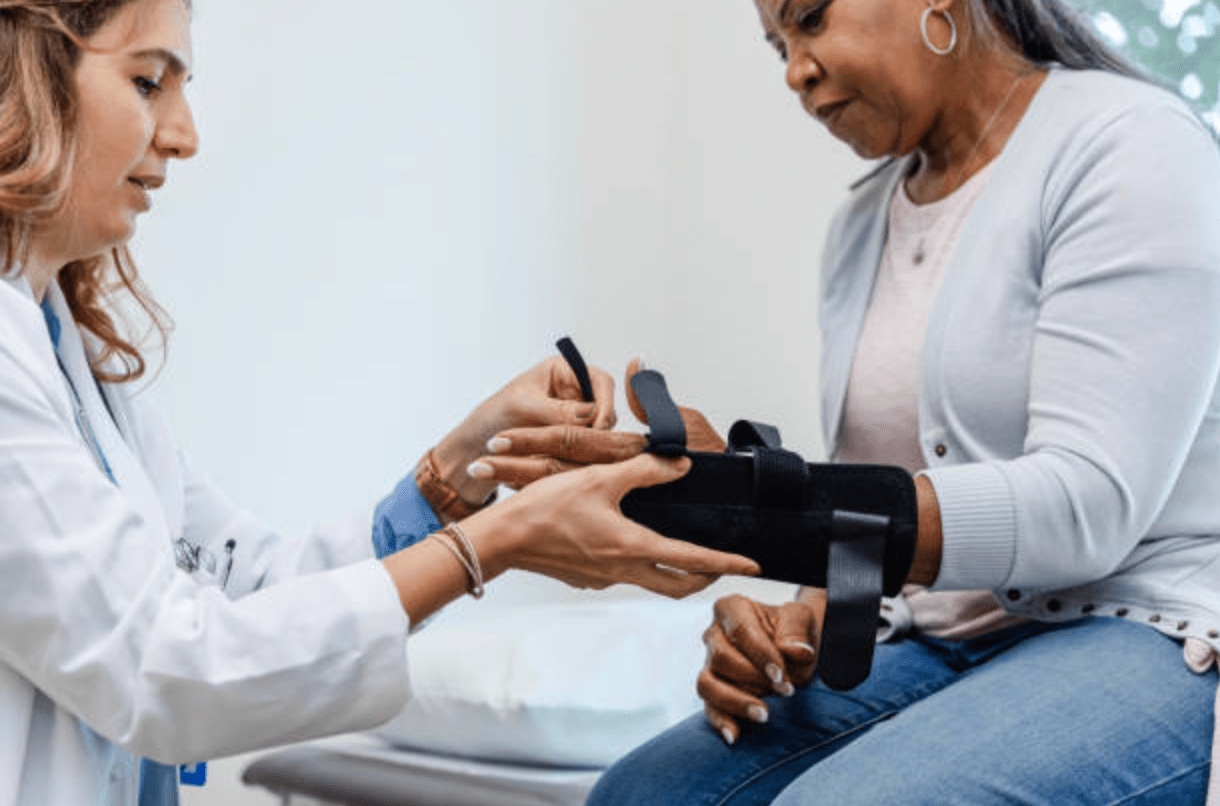
This prevents unnecessary bending of the wrist that can cause additional pressure in the carpal tunnel structure.
Material of the Structure
Braces generally have a thin metal or sturdy plastic bar that runs on the palm side of the brace.

At times, this can be uncomfortable to wear. The metal may be placed right above the carpal tunnel, which can create further pressure in the area.
This can worsen the problem even further.
Supporting Structure for the Fingers
Several splints and braces do not have supporting structures for knuckles.
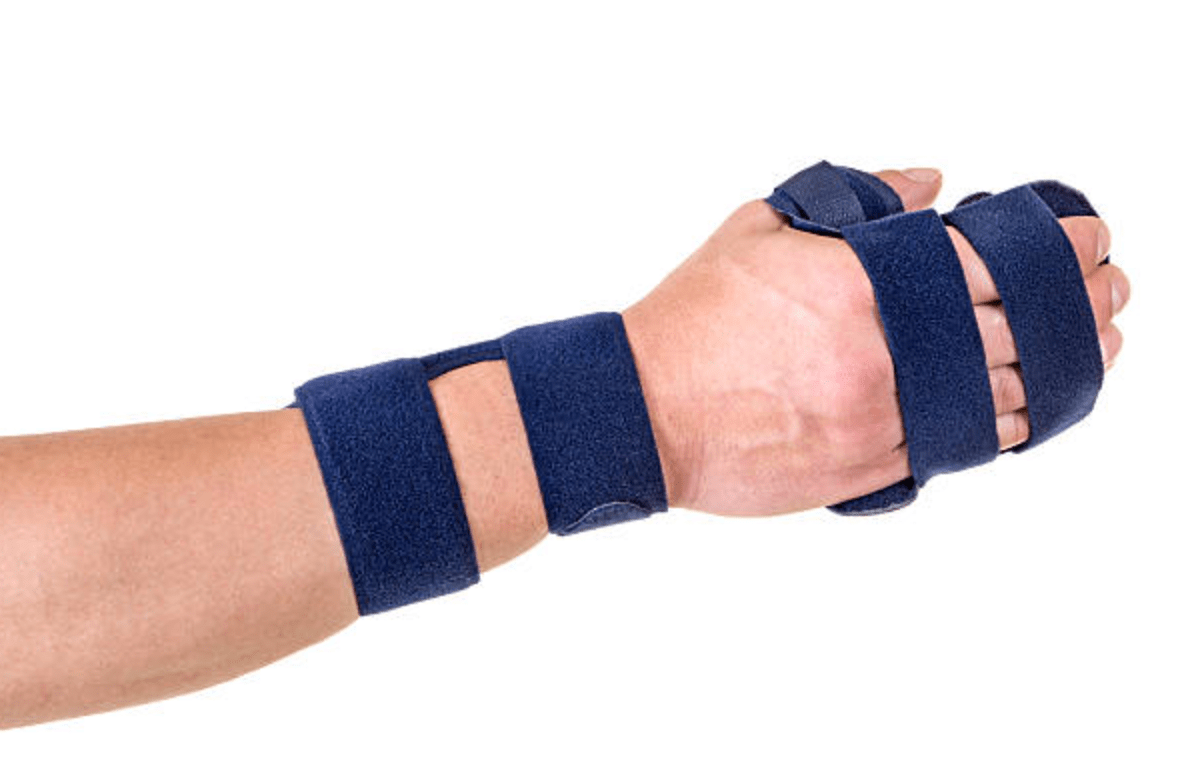
As we bend our fingers, lumbrical muscle (present in our hands) can contract and cause pressure in the carpal tunnel.
The splints that incorporate the fingers have also been shown to be much more effective in the treatment of carpal tunnel symptoms by reducing pressure. Place your fingers in a tight fist for approximately sixty seconds and then release it.
Notice whether there is any numbness or tingling sensation.
If yes, then choose a splint with a built-in finger support structure.
Size and Fit
The best braces for carpal tunnel should fit you perfectly.
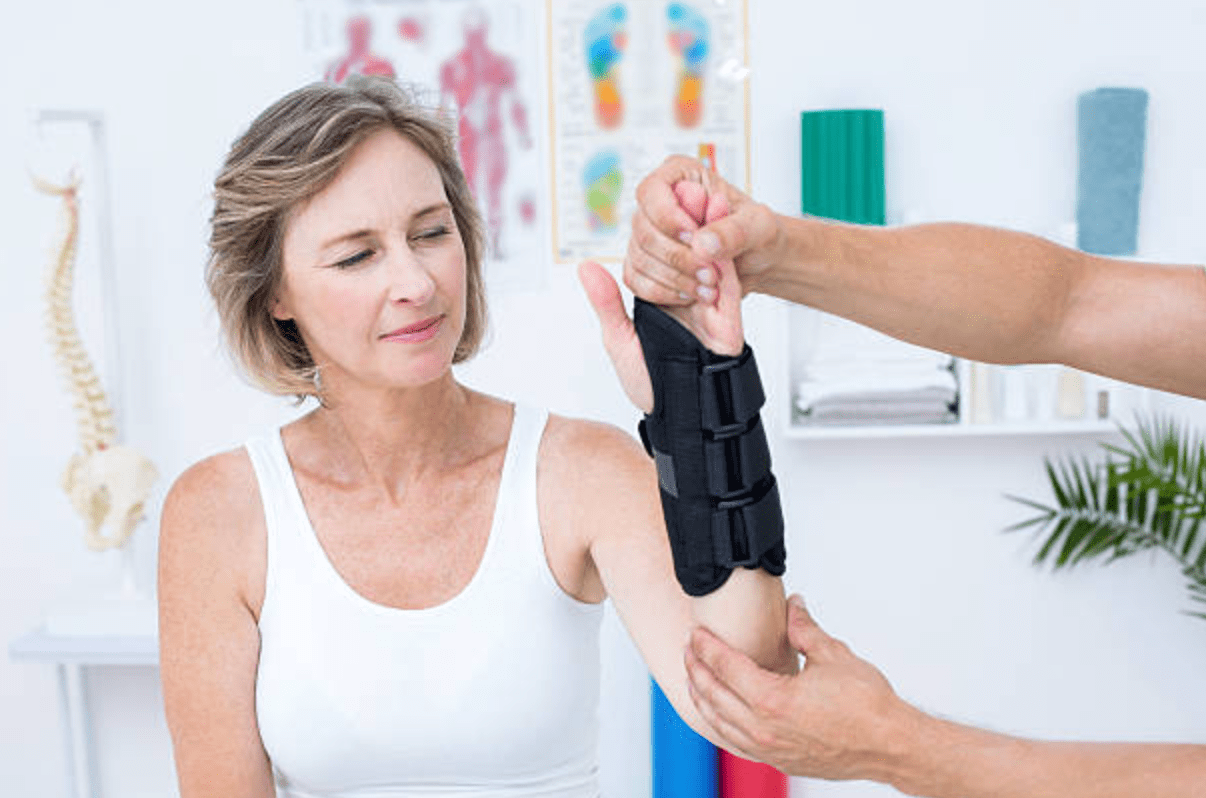
It should prevent unnecessary wrist movement and be comfortable.
In case you are buying a commercially available splint from a store or online, check the size chart thoroughly.
The length of the splint up to the forearm should be two-thirds the length of your arm.
This will create less pressure, which a short wrist brace can not achieve.
Type of Skin
Wearing a brace can lead to skin irritation as the material is in constant contact with the skin.
People with thinner skin may benefit from soft and padded support structures rather than sturdier ones.
You can consider placing a sock in between the brace and your hand for extra protection.
Cost
Cost can be a crucial factor in deciding the structure and material of a brace or sprint.
A brace brought from the store/pharmacy or online can be more affordable as compared to a custom-made sprint.
It can be quite cost-effective if the buyer considers various factors, such as size, material, and supporting areas.
Be careful while choosing a brace or splint; being hasty can do more harm than good!
There are so many factors to consider when opting for the best wrist splint for carpal tunnel.
It is advisable to consult a professional to receive customizable solutions that work best for you.
Features of an Ideal Carpal Tunnel Brace
We have curated a list of the features to remember while finding the right braces for carpal tunnel.
- The best brace for the carpal tunnel will not have a permanent palmer spine.
This is because the palmer spine puts pressure on the wrist and presses the joints together.
Carpal tunnel syndrome crops up by the pressure in the wrist joints.
Wearing a brace with a palmer spine only tends to make the problem worse.
A certified carpal tunnel will have a spine located either on the top or the side of the hand.
These positionings prevent the design from pressing into the carpal tunnel. - Braces with fully enclosed structures for hands, wrist, and forearm are generally recommended as they reduce the bending pressure on the joints of the wrist.
- Braces should be easy to wash and provide sufficient breathing space for the hand, fitting the hands perfectly.
- The best carpal tunnel brace for sleeping generally has a velcro.
Velcro is easily adjustable and holds the structure in place firmly.
The more straps there are, the better, but avoid the ones with many buckles.
Wrapping Up
Choosing the best brace for carpal tunnel can be challenging, but it does not have to be!
In this blog, I tried to discuss everything crucial about carpal tunnel syndrome self-care. If you found this information useful, don’t forget to check our article about Carpal Tunnel Syndrome Braces.